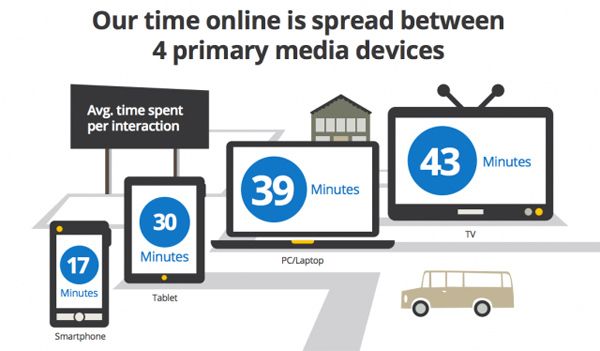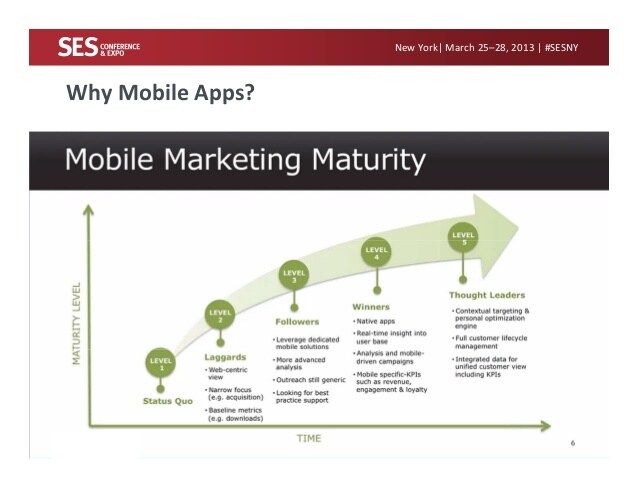Invented way back in 1876, the telephone is now both the most personal, most social and most rapidly evolving technological device, says The Economist magazine, which predicts in the future, phones will not only look very different — they may not even be visible. Phones may be camouflaged in jewelry or accessories, or even embedded in the body. Science fiction writer Bruce Sterling believes phones will be “remote controls, house keys, Game Boys, flashlights, maps, compasses, flash drives, health monitors, microphones, recorders, laser pointers, passports, make-up kits, burglar alarms, handguns, handcuffs and slave bracelets.” In short, the phone will be “the remote control for life.” Handset makers currently make different devices optimized for particular tasks such as music, photography or e-mail, and EDS futurist Jeff Wacker suggests that tiny projectors inside handsets could enable walls, tabletops or flexible screens to be used as displays while on the go. Displays are also popping up in glasses, where they overlay the real world with a layer of digital information. Your phone might even discreetly whisper someone’s name in your ear at a party or conference. Meanwhile, usability and technology design expert Don Norman notes that the social changes wrought by the ubiquitous cell phone is already changing social practices among users, and likely will be more exaggerated in the future. “When I try to make predictions, I don’t look at what I see in the technical realm, I look at what I see in the social realm,” says Norman. Today’s young people listen to music while texting and talking with friends. “They are never alone with their own thoughts. We are learning that we never have to be away from people.”
When does a phone cease to be a phone?
18 years ago • 1 min read

